Home>Ideas and Tips>Indoor ZZ Plant Care Guide for Low-Light Tolerant Houseplants
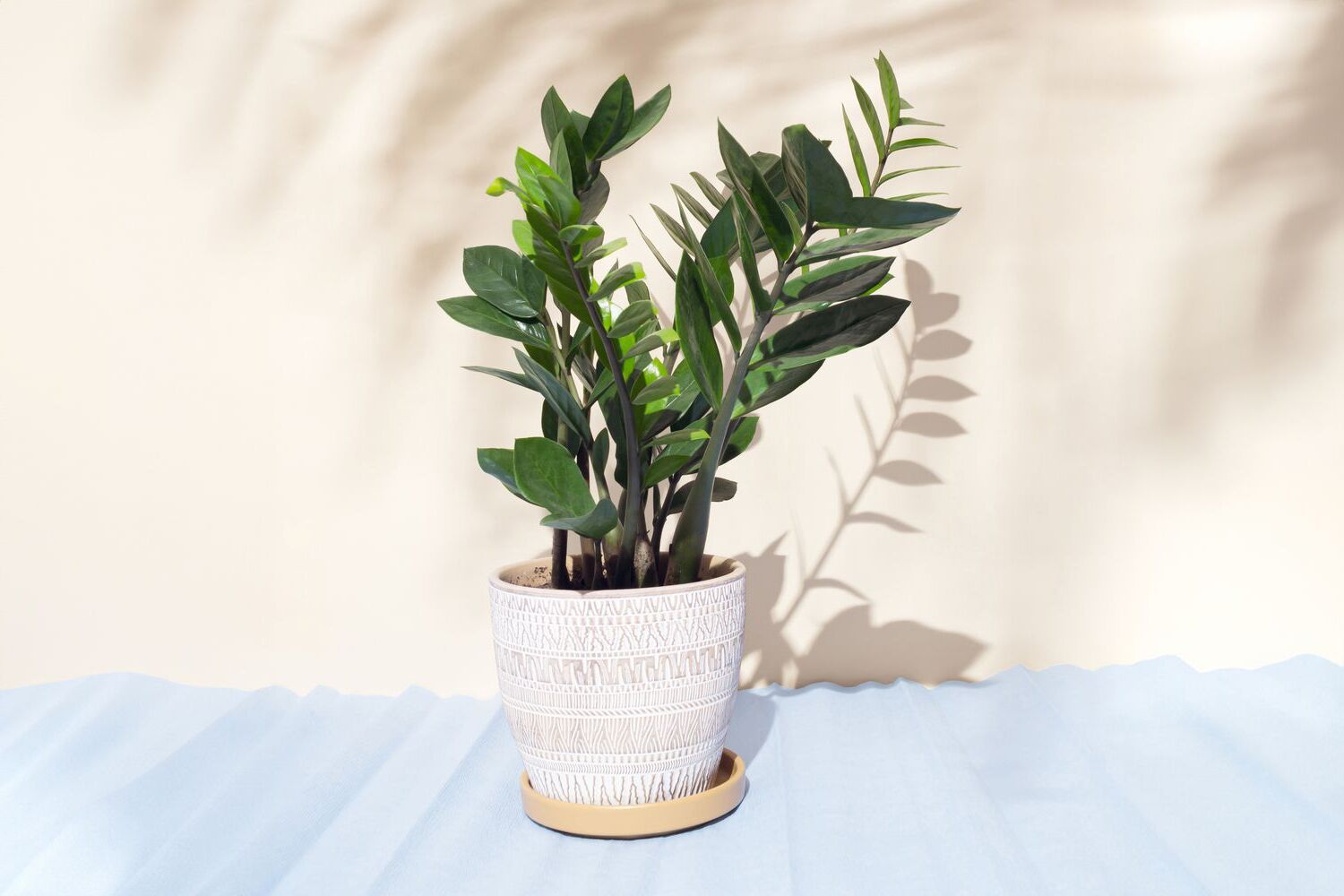

Ideas and Tips
Indoor ZZ Plant Care Guide for Low-Light Tolerant Houseplants
Modified: November 1, 2024
Learn how to care for ZZ Plants, the ultimate low-light tolerant houseplants. Discover tips on watering, lighting, and more for thriving indoor greenery.
(Many of the links in this article redirect to a specific reviewed product. Your purchase of these products through affiliate links helps to generate commission for Storables.com, at no extra cost. Learn more)
Introduction
When it comes to indoor houseplants, few are as resilient and low-maintenance as the ZZ Plant (Zamioculcas zamiifolia). Commonly known as the "Eternity Plant" or "Zanzibar Gem," this tropical perennial has earned its reputation for being hard to kill. It thrives in a variety of lighting conditions, making it an ideal choice for spaces with limited natural light. In this comprehensive guide, we will delve into the care requirements of the ZZ Plant, highlighting its unique characteristics and tips for keeping it healthy and thriving.
What is a ZZ Plant?
The ZZ Plant is a member of the Araceae family and is native to Eastern Africa. It is characterized by its upright growth, shiny, oval-shaped deep green leaves, and a robust rhizome system that stores water. This adaptation allows the plant to survive for months without water, making it an excellent choice for busy individuals or those new to plant care.
Common Names and Varieties
- Common Names: ZZ Plant, Zanzibar Gem, Eternity Plant, Aroid Palm
- Botanical Name: Zamioculcas zamiifolia
- Varieties: There are several varieties of ZZ Plants including 'Raven' which features dark purple-maroon foliage and 'Variegated' which has green foliage with white and yellow variegation. However, these variegations may fade if the plant does not receive adequate light.
How to Grow ZZ Plants
ZZ Plants are incredibly low-maintenance and can be grown by anyone, even those with a "black thumb." Here are some key tips for growing a healthy ZZ Plant:
Light
ZZ Plants are adaptable to a wide range of lighting conditions. They can technically survive without any natural light but do best in bright, indirect light. Avoid placing them in direct sunlight as this can cause the leaves to burn. If you have a spot with low indirect light, the ZZ Plant will still thrive, making it an excellent choice for rooms with limited natural light.
Soil
Standard houseplant potting mixes are sufficient for ZZ Plants as long as they drain well. The plant's rhizomes store water, so it's essential to ensure the soil does not retain too much moisture. A well-draining potting mix will help prevent root rot and ensure the plant's health.
Watering
One of the most significant advantages of the ZZ Plant is its drought tolerance. The plant can survive months without water due to its rhizomes that store water. However, it's crucial not to overwater the plant. Allow the soil to dry out completely between waterings. During the spring and summer months, water your ZZ Plant once every 2-3 weeks. In the fall and winter months, reduce watering to once a month.
Temperature and Humidity
ZZ Plants prefer average indoor temperatures ranging from 65°F to 75°F (18°C to 24°C). They are sensitive to cold temperatures and can suffer damage if exposed to temperatures below 45°F (7°C). The plant also prefers average humidity levels but can tolerate drier air. If you live in a dry climate, you can mist the leaves occasionally to maintain their health.
Fertilizer
ZZ Plants do not require regular fertilizing but will appreciate it during their active growing season (spring and summer). Use an indoor formula diluted to half-strength when fertilizing your ZZ Plant.
Pruning
Pruning is essential for maintaining the shape and health of your ZZ Plant. Here are some tips for pruning your ZZ Plant:
- Remove Leggy Stems: Use sharp, sterile pruners to tip stems, removing only a few inches at a time. This will help create a fuller appearance and prevent the plant from becoming leggy.
- Cut at a 45-Degree Angle: When making cuts, ensure they are at a 45-degree angle just above a leaf node. This helps promote healthy growth and prevents water from collecting in the cut area.
- Use Cuttings for Propagation: You can use cuttings from your ZZ Plant to start new plants. Remove the bottom leaves as they age and start to fade, then plant the cutting in well-draining soil.
Common Pests and Plant Diseases
While ZZ Plants are generally pest-free, they can attract common houseplant pests like mealy bugs, scale, fungus gnats, and aphids. Keep your plant free of dust and inspect it regularly for any signs of infestation. If you notice any pests, treat the plant immediately with insecticidal soap or neem oil.
Variations in Lighting Conditions
The ZZ Plant's ability to thrive in low-light conditions makes it an excellent choice for spaces with limited natural light. Here’s how you can adapt your care routine based on different lighting conditions:
Low Light Conditions
- Survival in Shade: The ZZ Plant can survive in low light conditions but may not thrive as well as it would in brighter environments. If you're placing your ZZ Plant in a room with minimal natural light, ensure it's not too far from any light source.
- Adaptation Over Time: Plants like ferns have adapted over time to thrive in shady environments. Similarly, the ZZ Plant has evolved to store water in its rhizomes, allowing it to survive extended periods without water.
Medium to Bright Indirect Light
- Optimal Growth: For optimal growth and health, place your ZZ Plant in a spot with medium-to-bright indirect light. This will help maintain its glossy leaves and promote healthy growth.
- Avoid Direct Sunlight: While the ZZ Plant can tolerate some direct sunlight, it's best to avoid placing it directly in front of windows that receive direct sunlight. This can cause the leaves to burn.
Artificial Light
- Fluorescent or Artificial Light: If you're unable to provide natural light, the ZZ Plant can still thrive under fluorescent or artificial light. This makes it an ideal choice for offices or rooms without windows.
Conclusion
The ZZ Plant is an excellent addition to any indoor space due to its low-maintenance requirements and ability to thrive in a variety of lighting conditions. By following these care tips—providing adequate light, allowing the soil to dry out completely between waterings, and avoiding overwatering—you can keep your ZZ Plant healthy and thriving. Whether you're a seasoned gardener or just starting out with houseplants, the ZZ Plant is a versatile choice that can bring life and beauty to any room.
Additional Tips
- Inspect Regularly: Regularly inspect your plant for signs of pests or diseases. Early detection is key to preventing infestations and infections.
- Rotate Plant: Rotate your ZZ Plant periodically to ensure even growth and prevent it from becoming lopsided.
- Repotting: ZZ Plants can tolerate being slightly rootbound, so they don't need frequent repotting. However, if you notice the plant becoming pot-bound (the roots growing out of the drainage holes), consider repotting it into a larger pot with good drainage holes.
By following these guidelines and adapting your care routine based on the specific lighting conditions of your space, you'll be able to enjoy the beauty and resilience of the ZZ Plant for years to come.
References
- The Spruce – ZZ Plant (Zanzibar Gem) Growing & Care Tips
- The Sill – Easy Indoor Plants That Can Survive Low Light
- Houseplant House – A HPH Guide to Low Light Tolerant Houseplants
- Young House Love – ZZ Plant Care Guide
- Joyus Garden – ZZ Plant Care Tips
This comprehensive guide provides everything you need to know about caring for your indoor ZZ Plant, from its unique characteristics to specific care tips tailored for different lighting conditions. Whether you're looking to add some greenery to your office or simply want a low-maintenance houseplant that can thrive in any environment, the ZZ Plant is an excellent choice.
Was this page helpful?
At Storables.com, we guarantee accurate and reliable information. Our content, validated by Expert Board Contributors, is crafted following stringent Editorial Policies. We're committed to providing you with well-researched, expert-backed insights for all your informational needs.
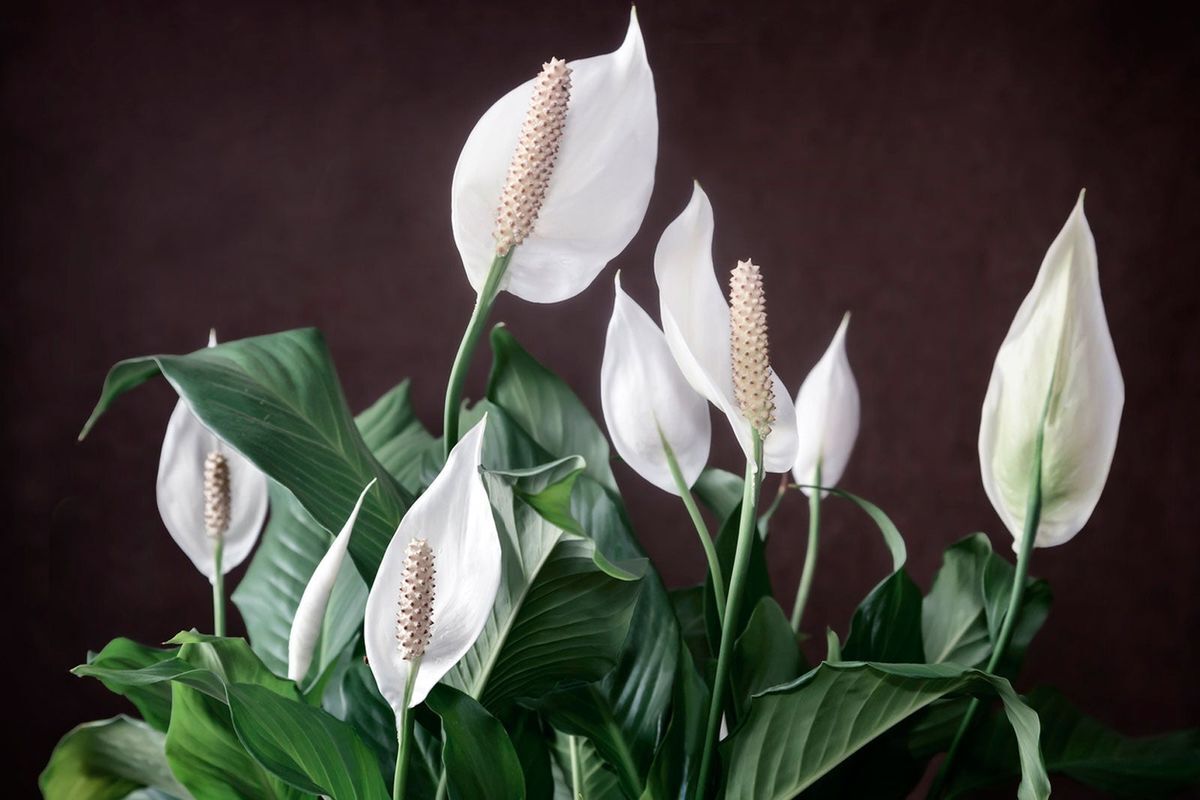
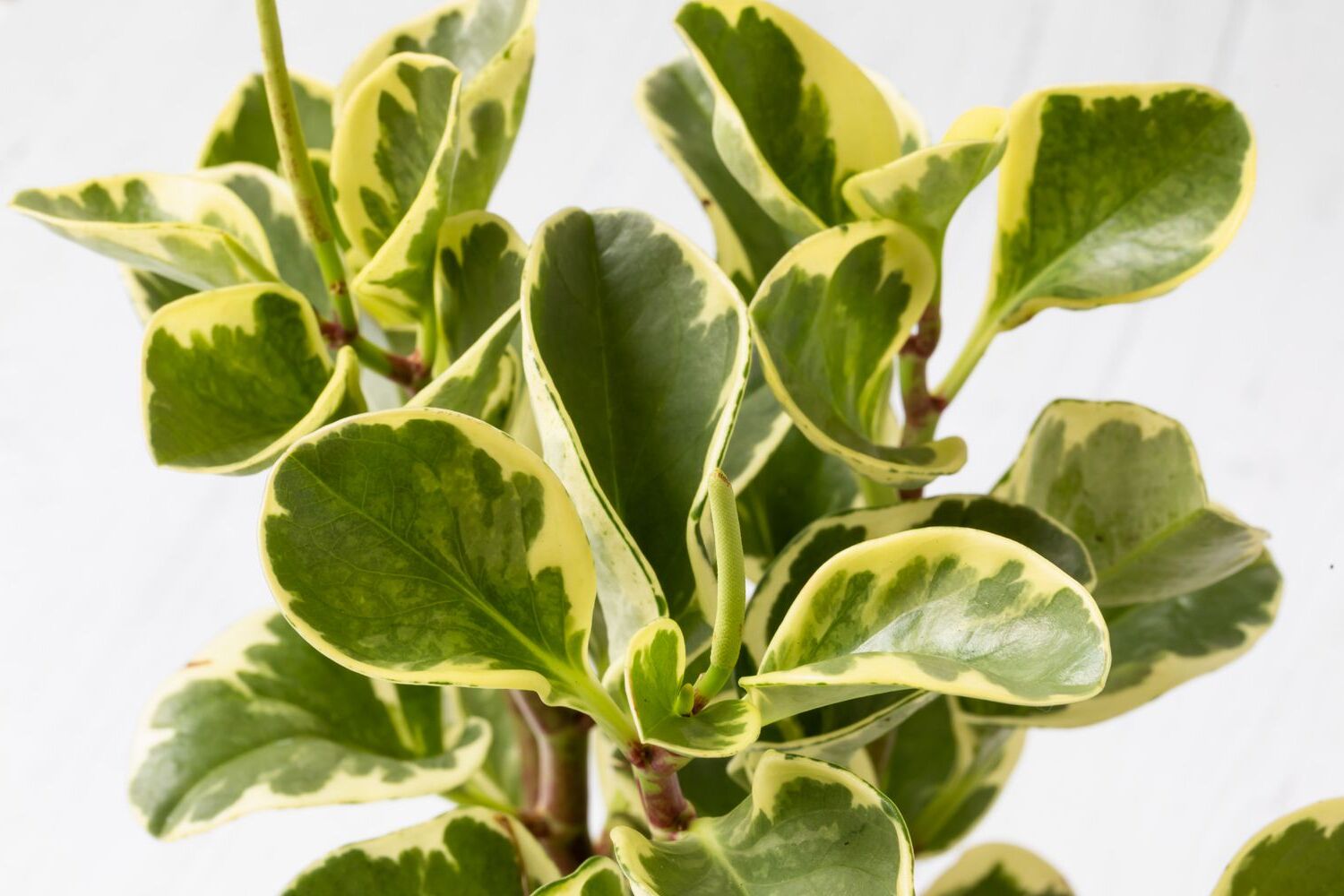
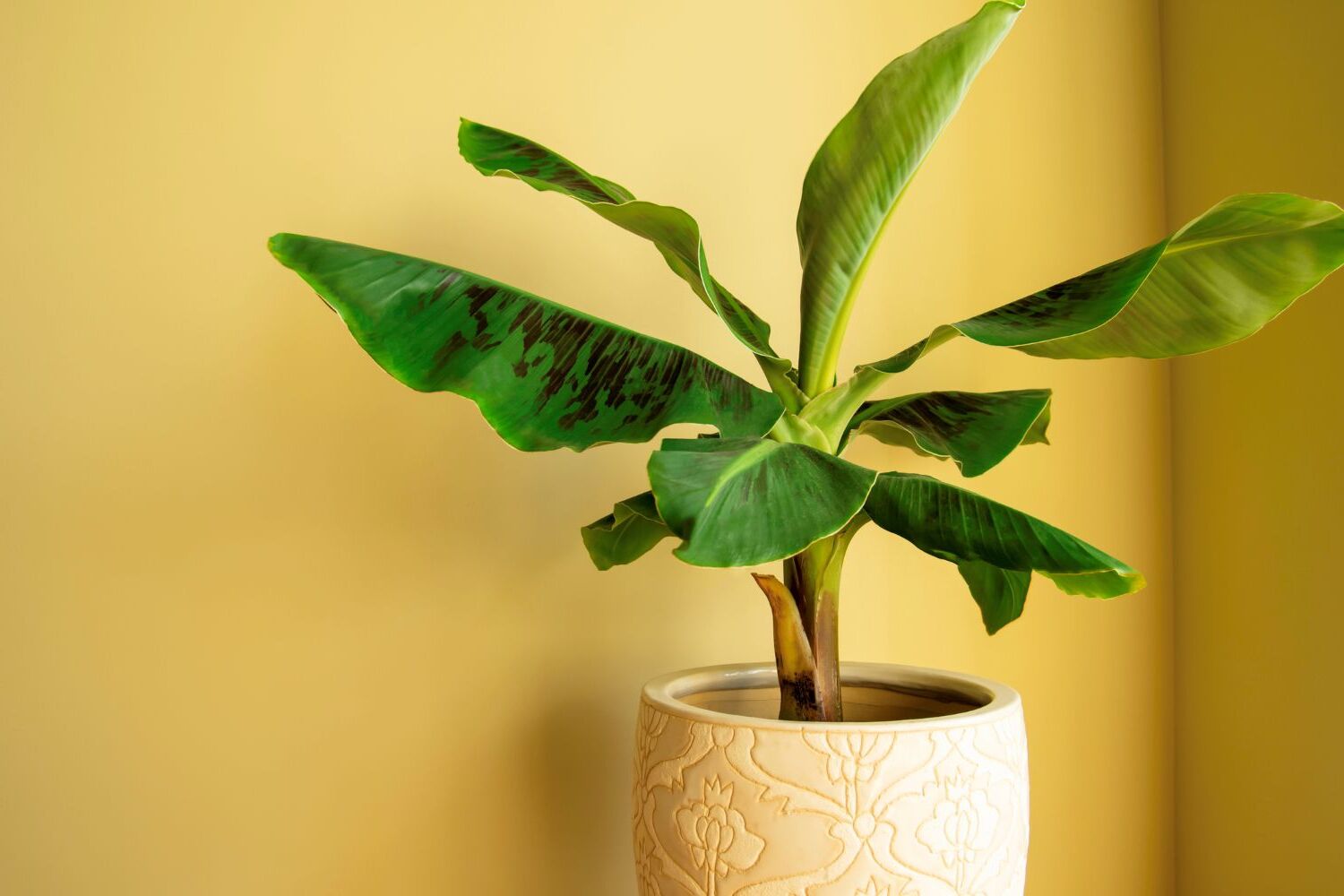
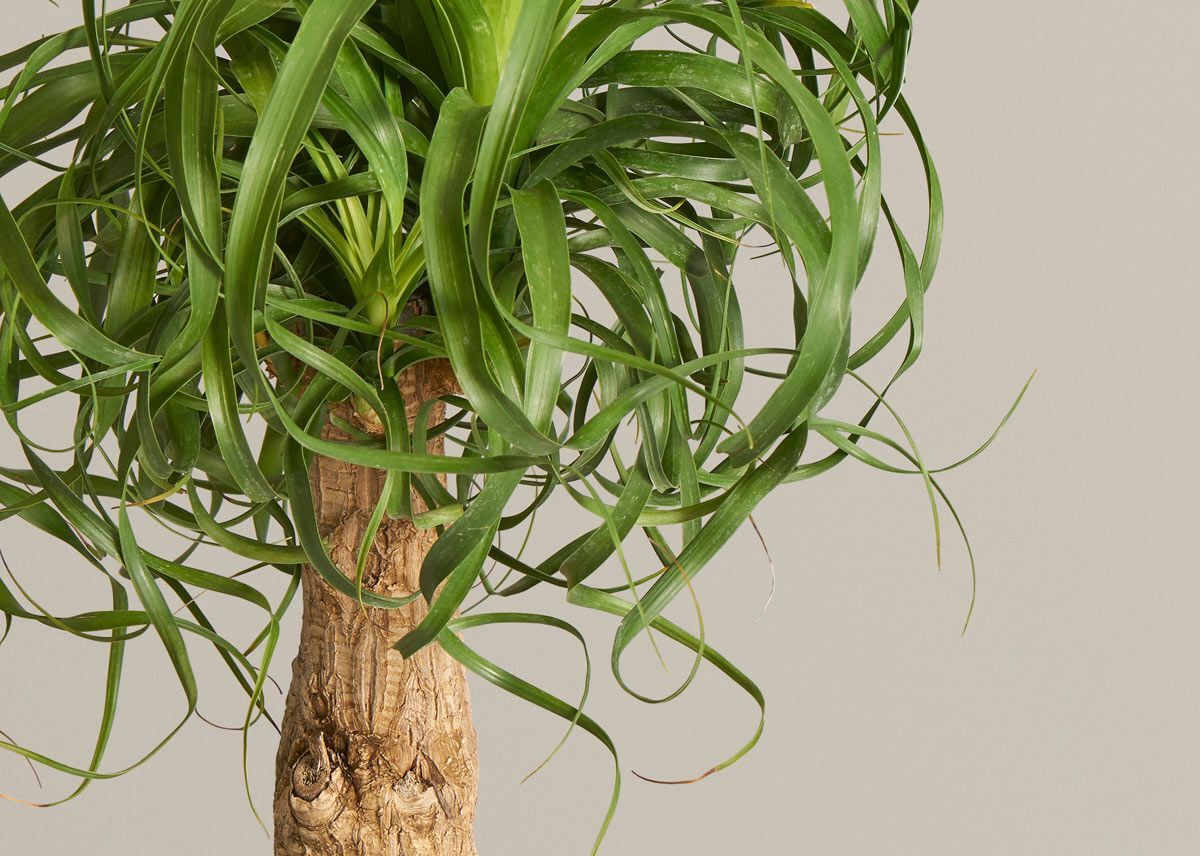
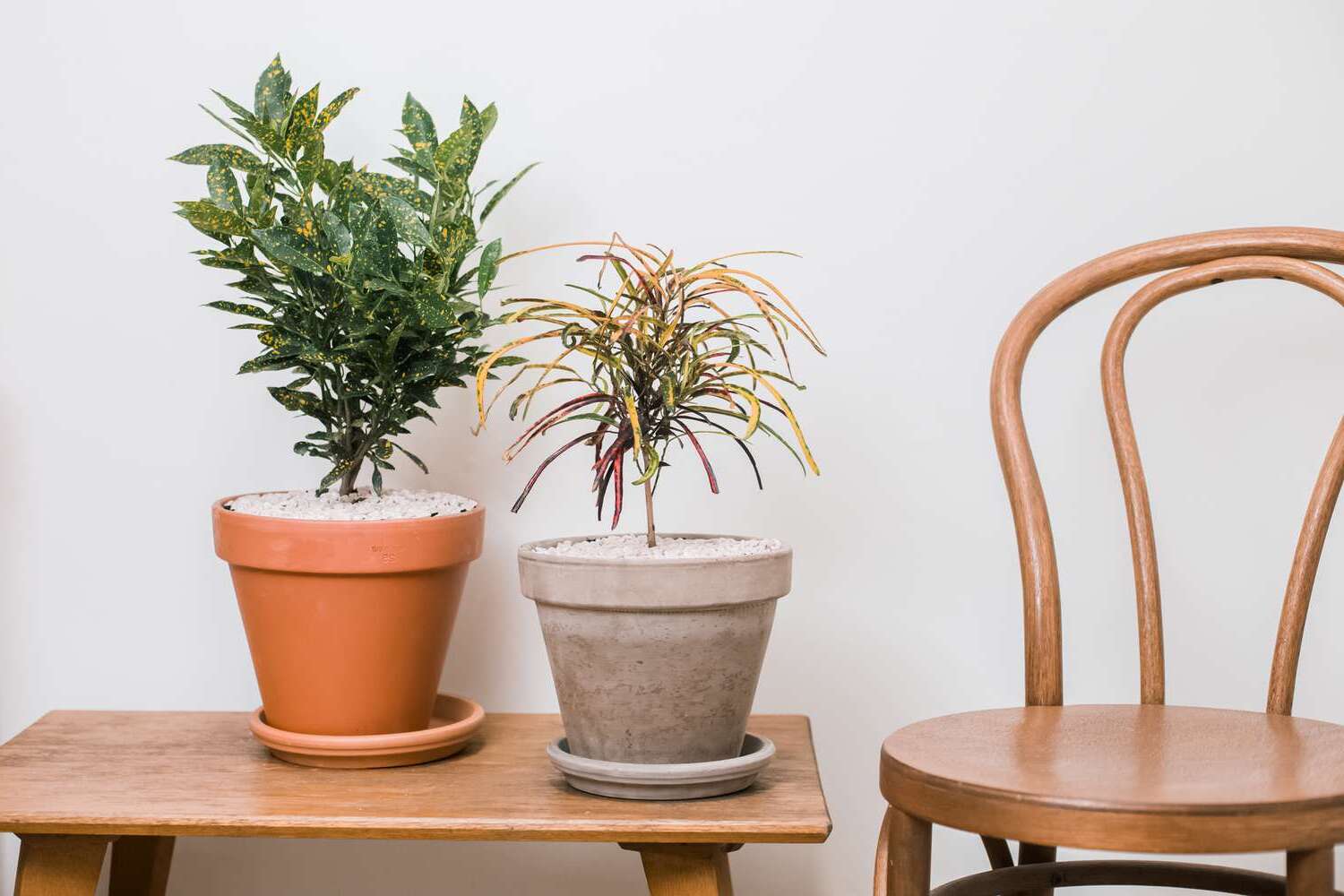
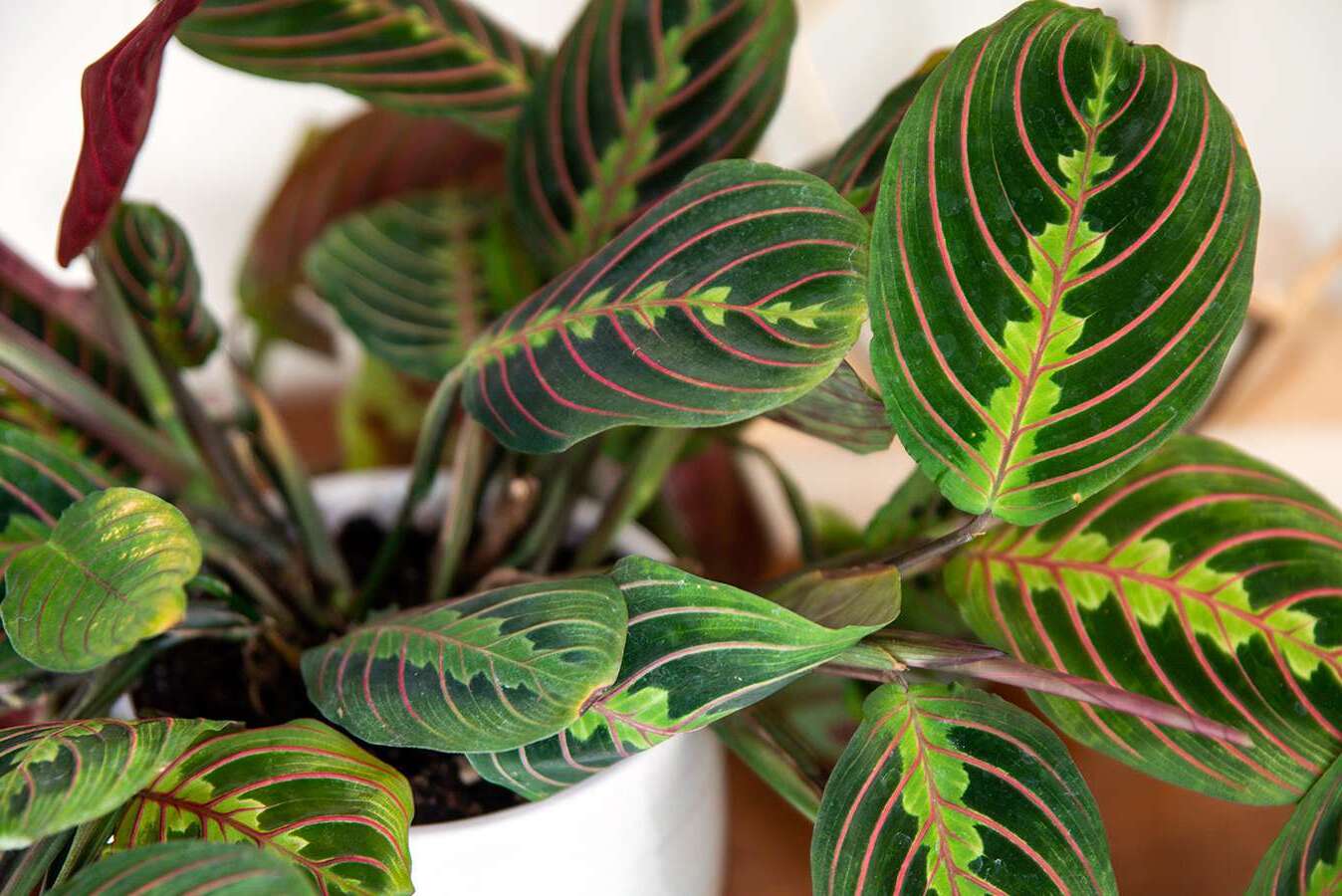
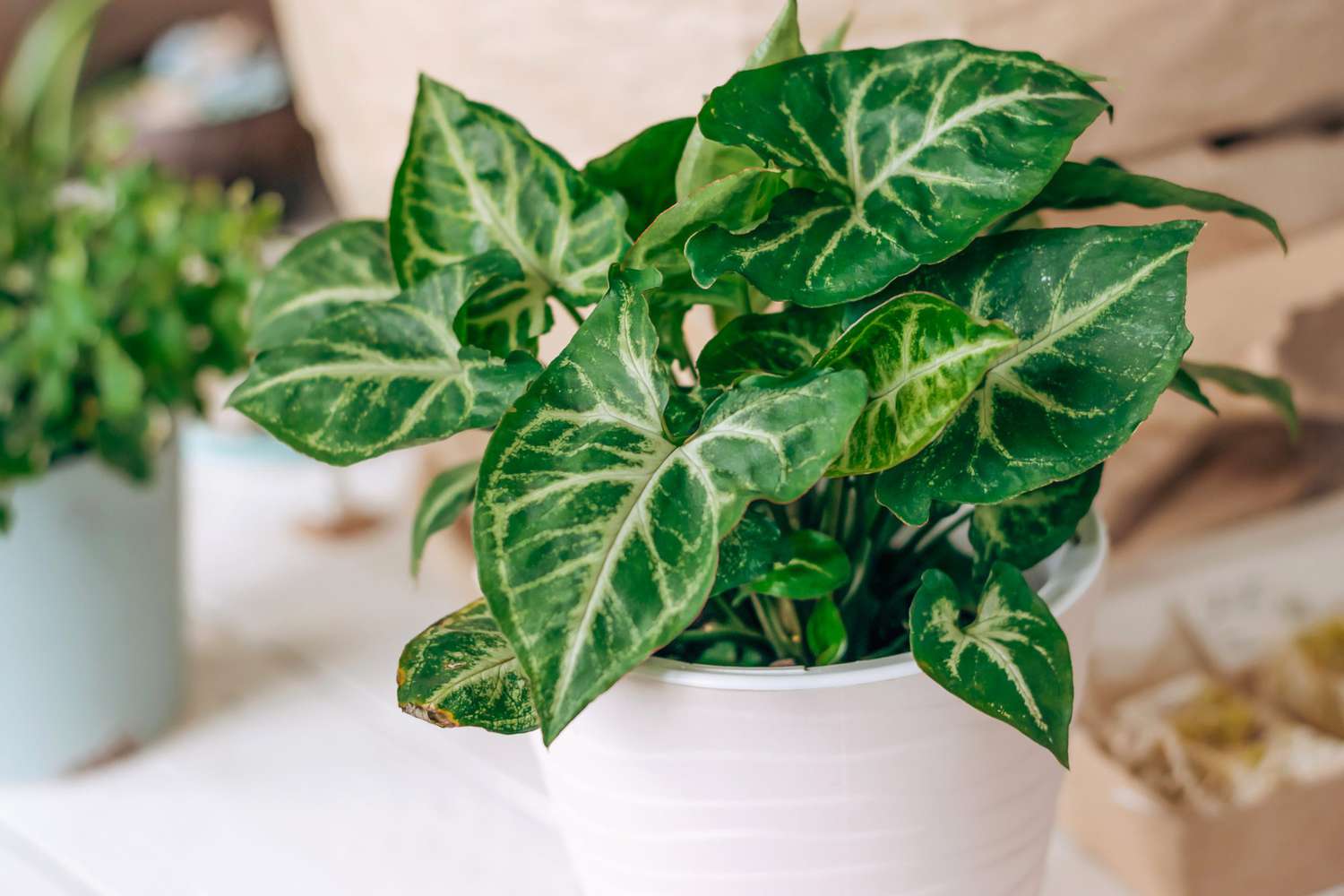
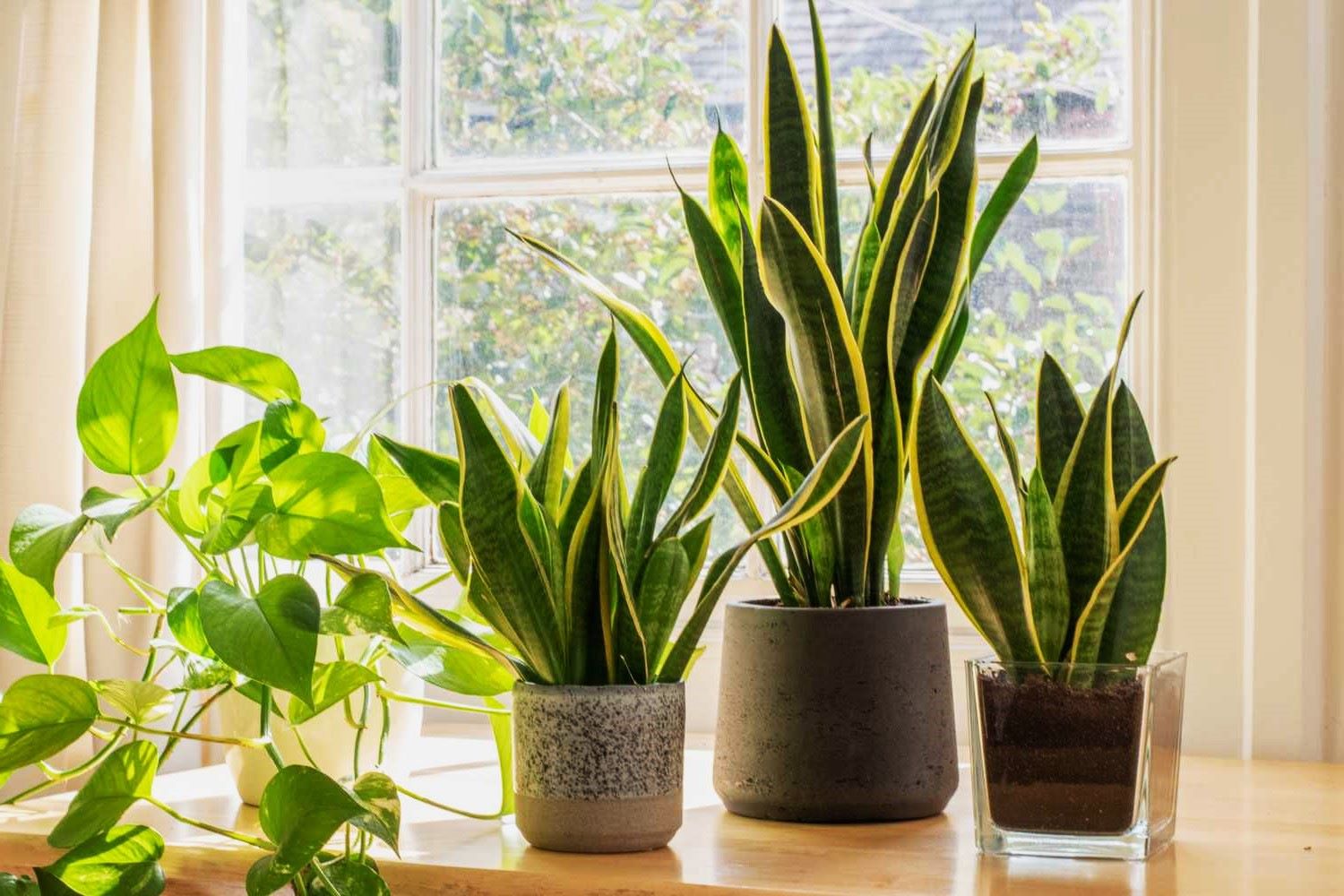
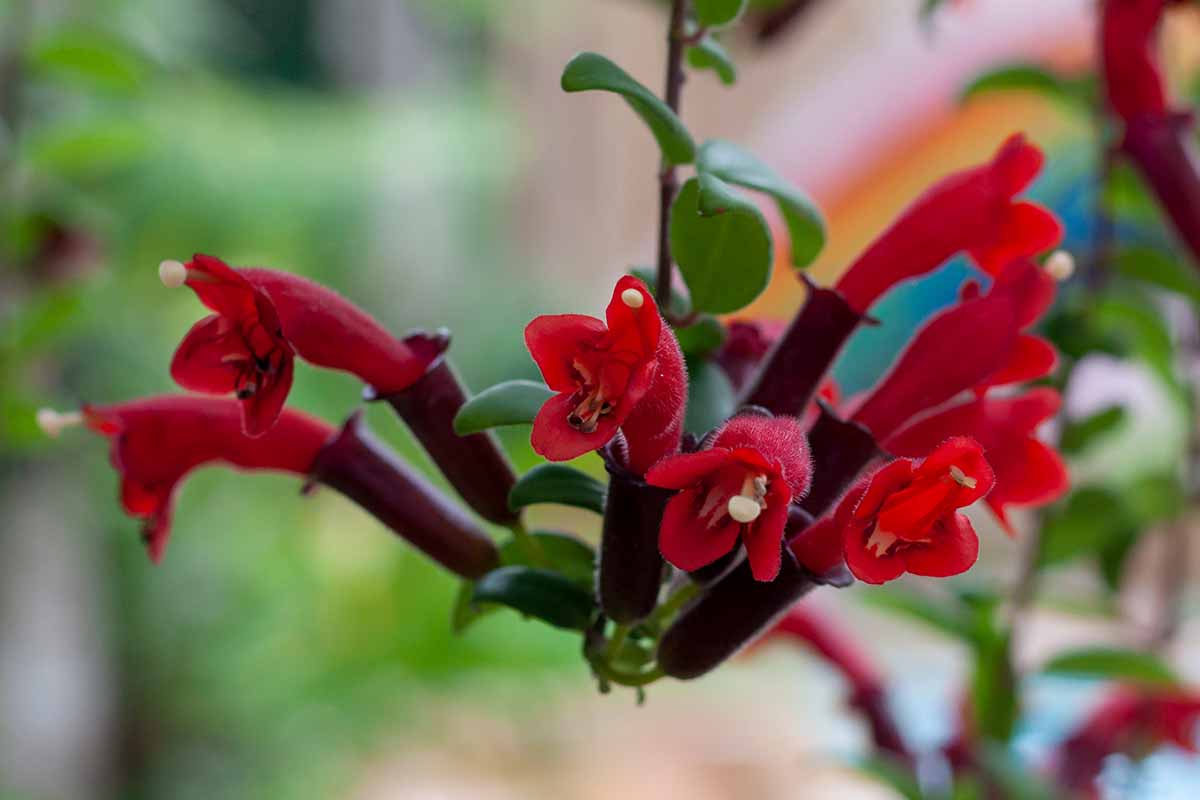
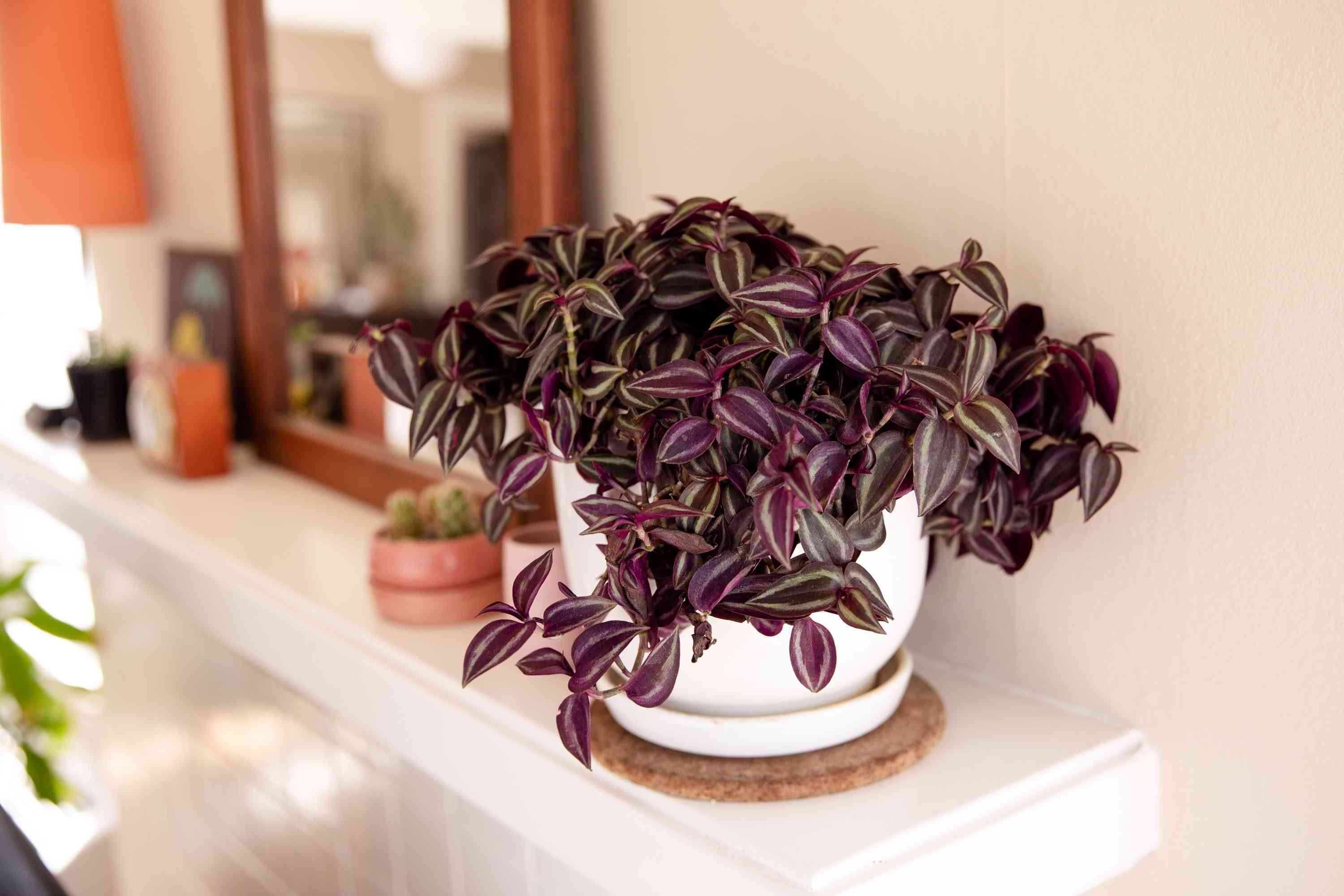
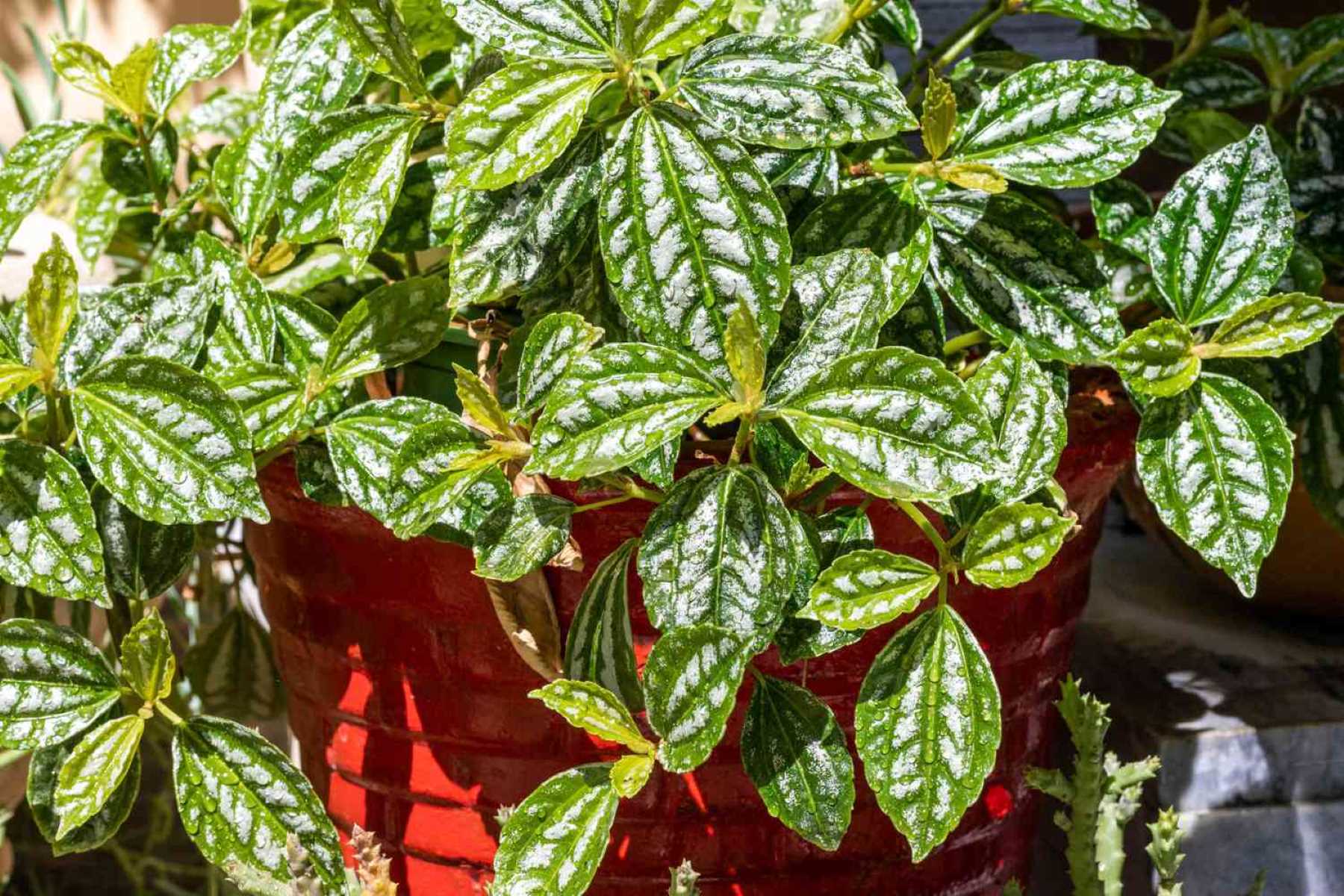
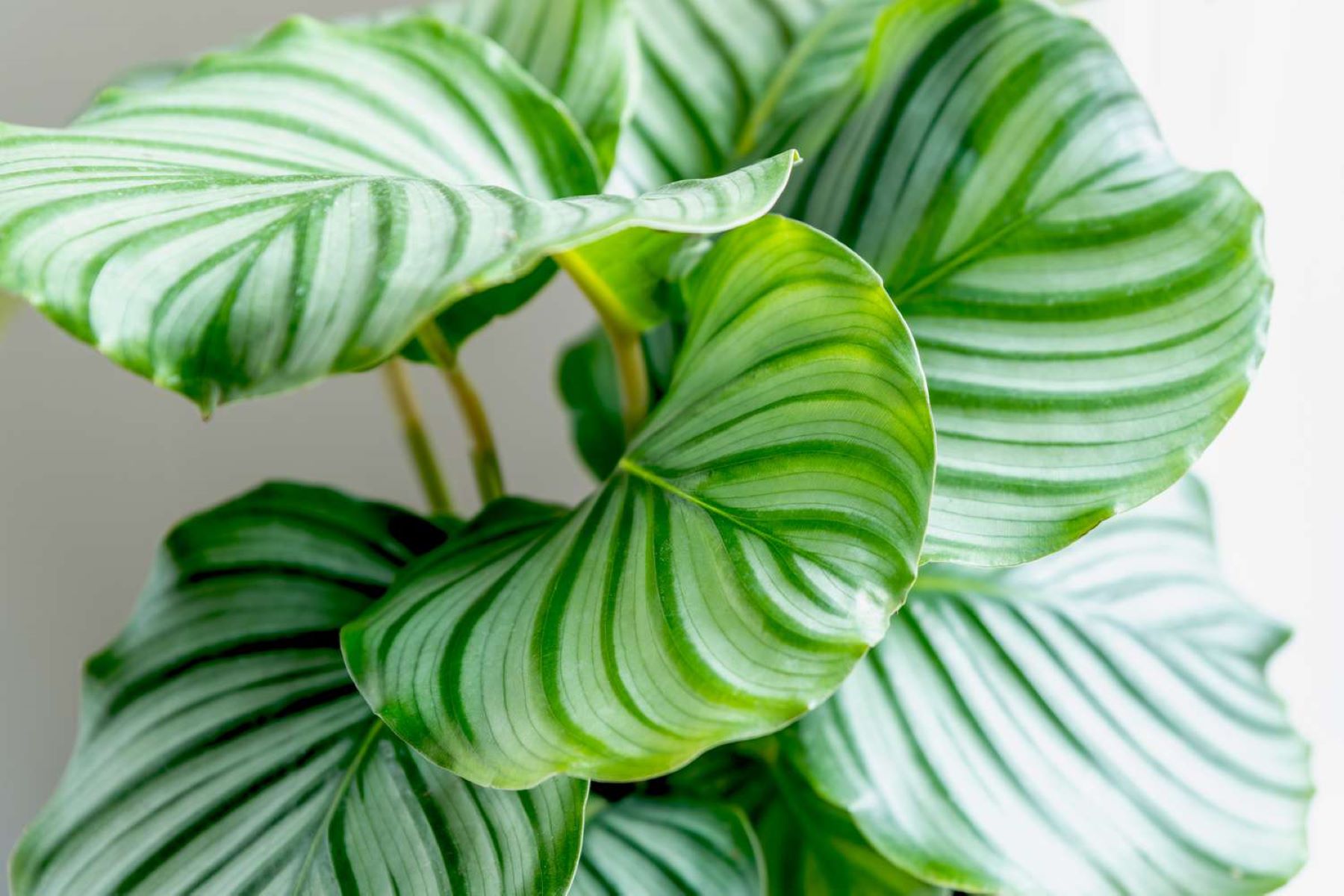
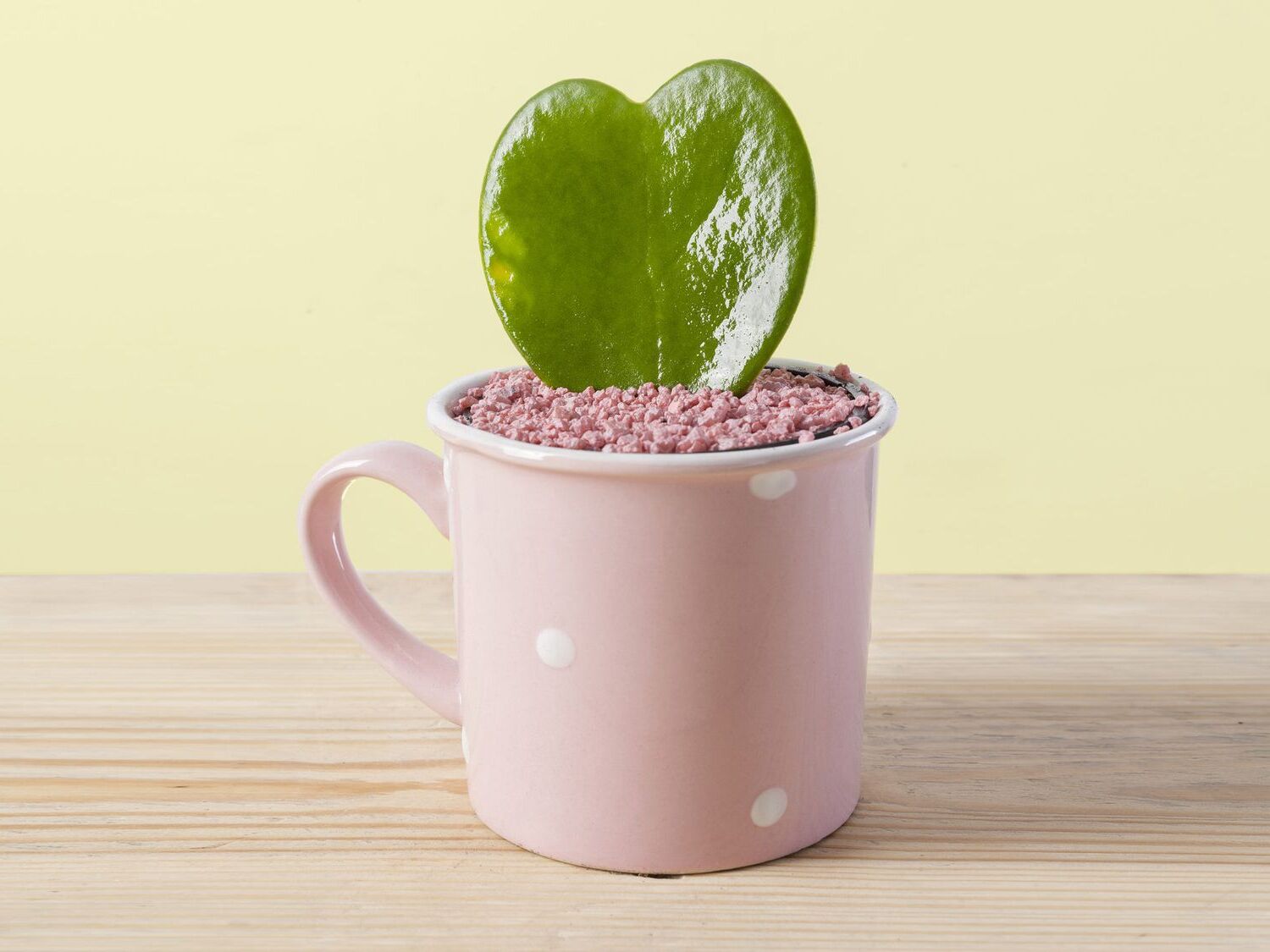
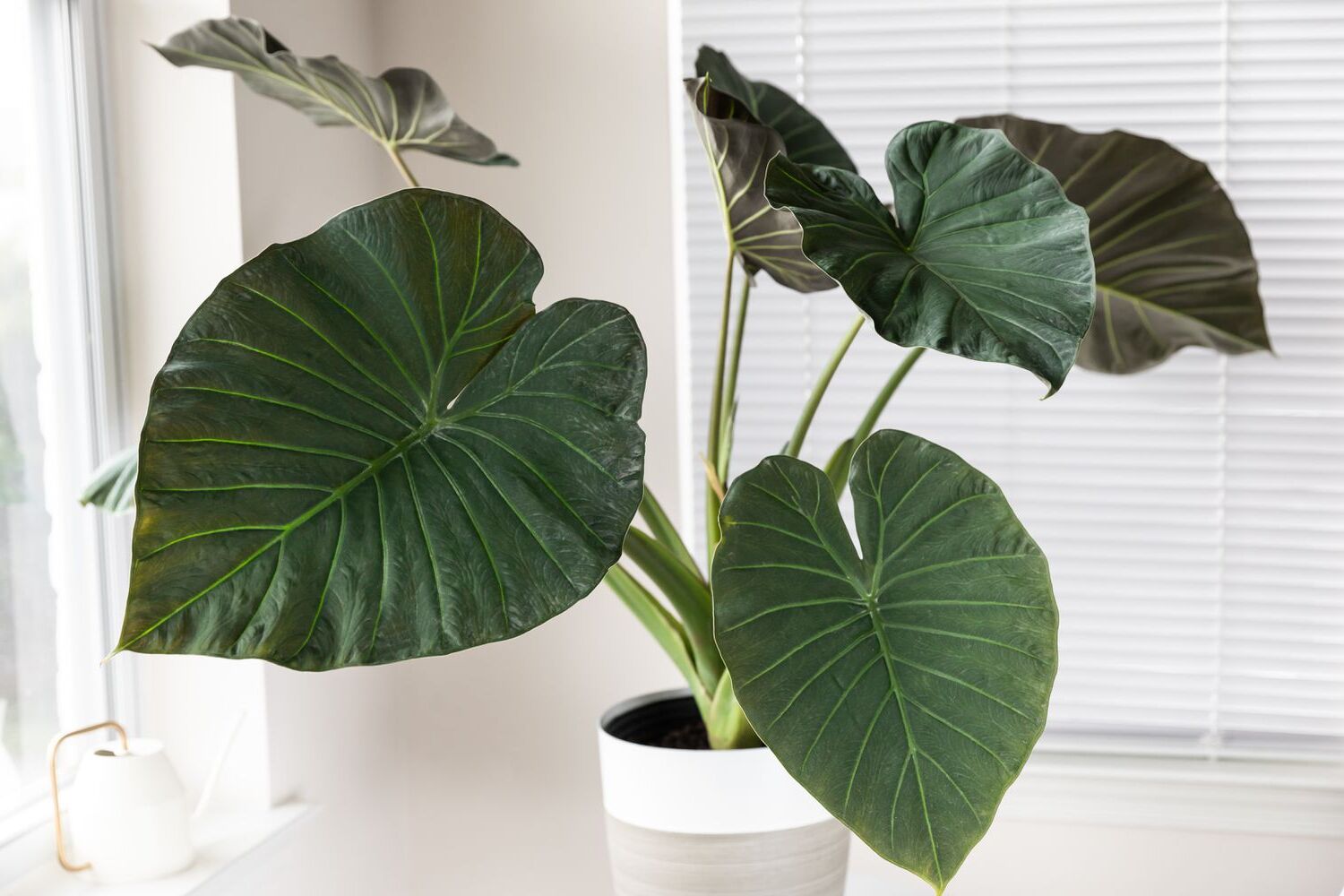

0 thoughts on “Indoor ZZ Plant Care Guide for Low-Light Tolerant Houseplants”